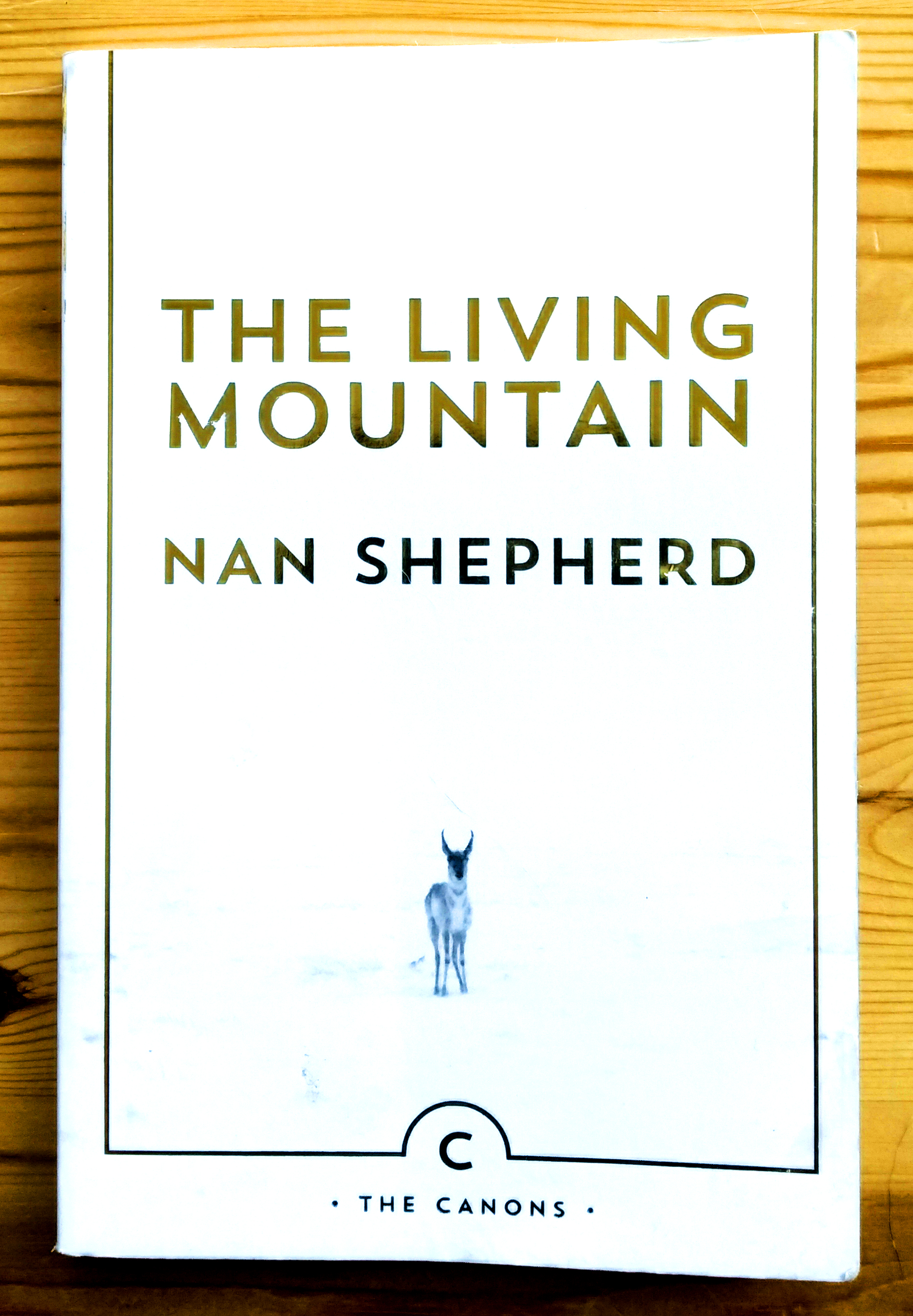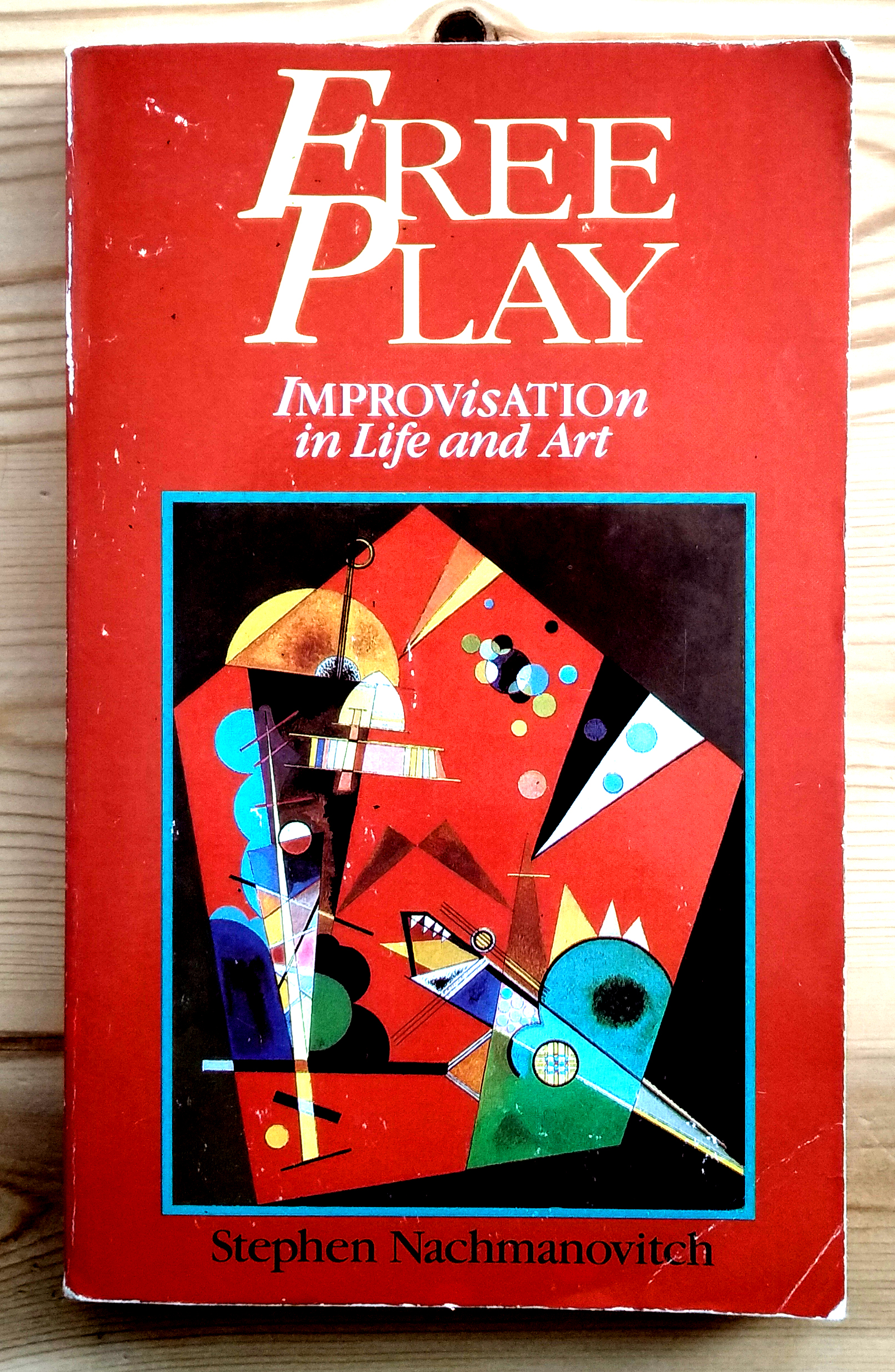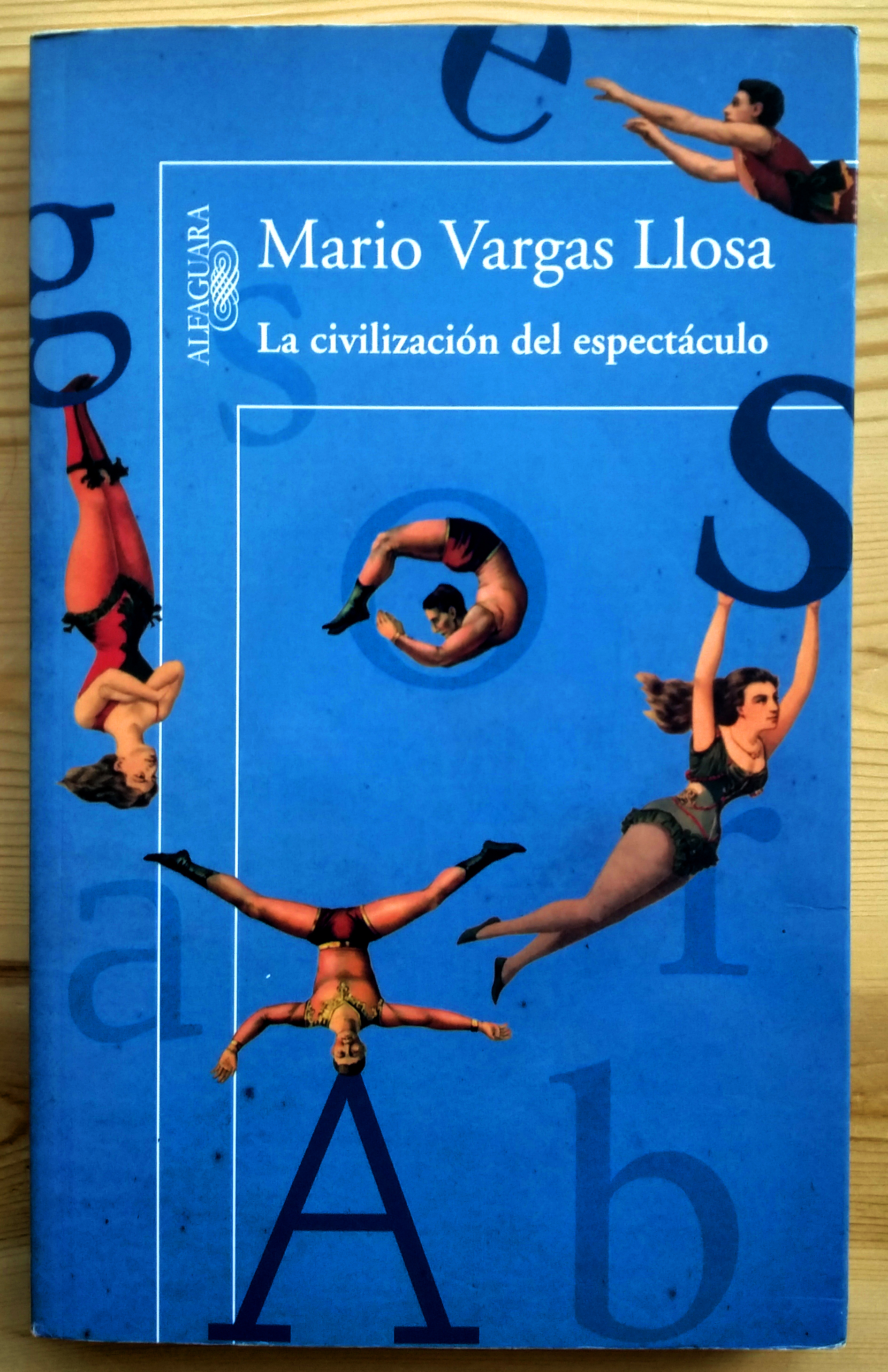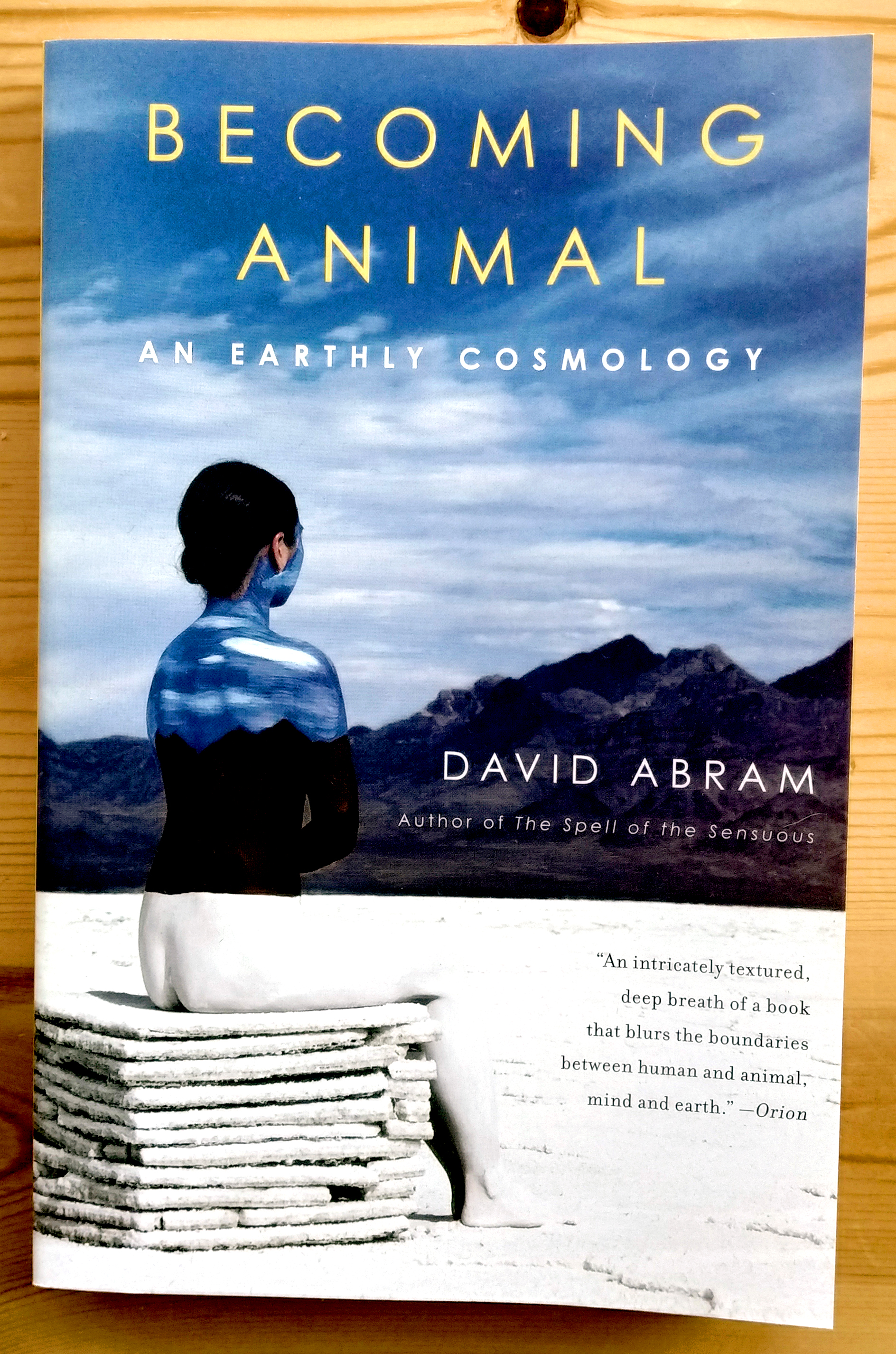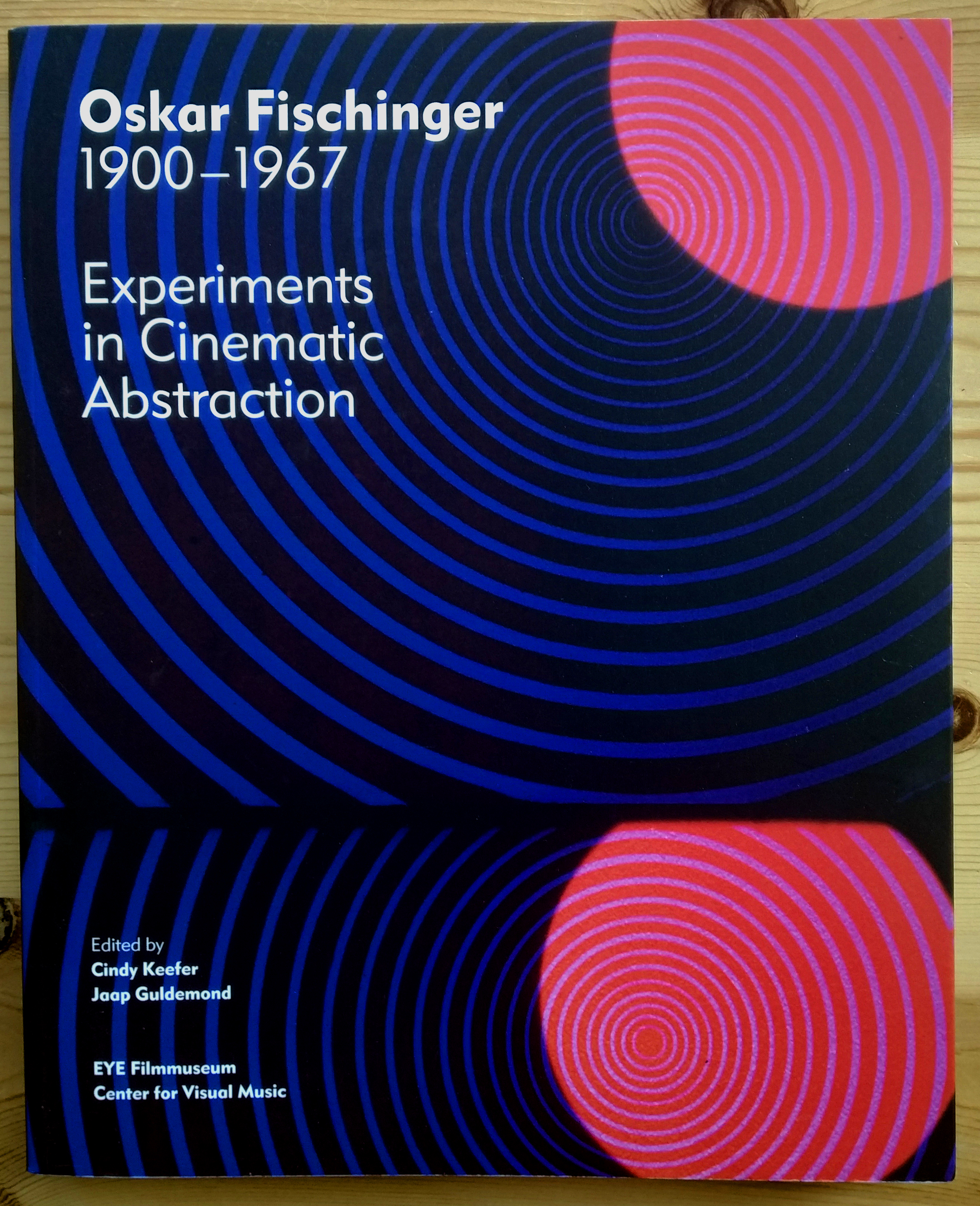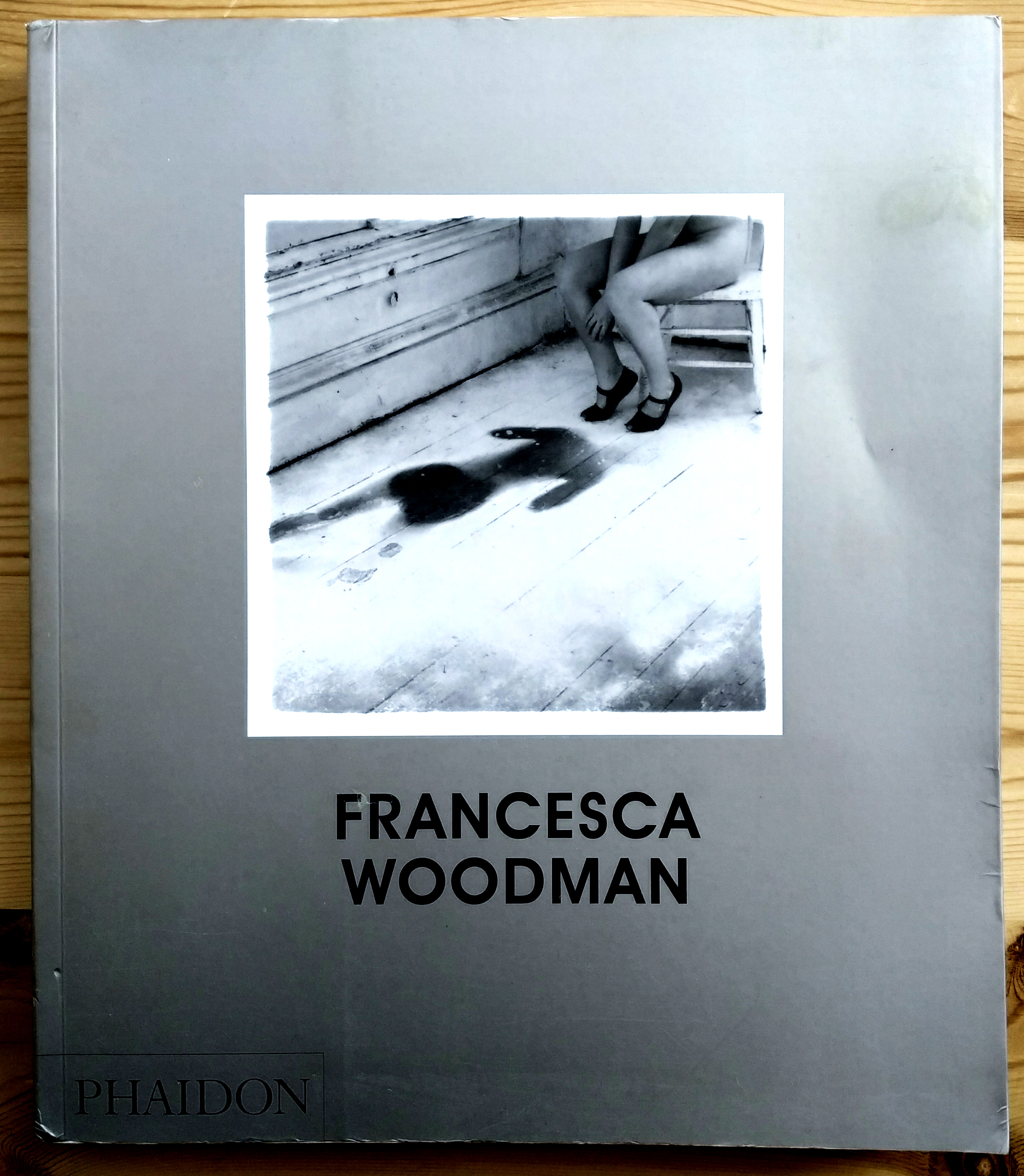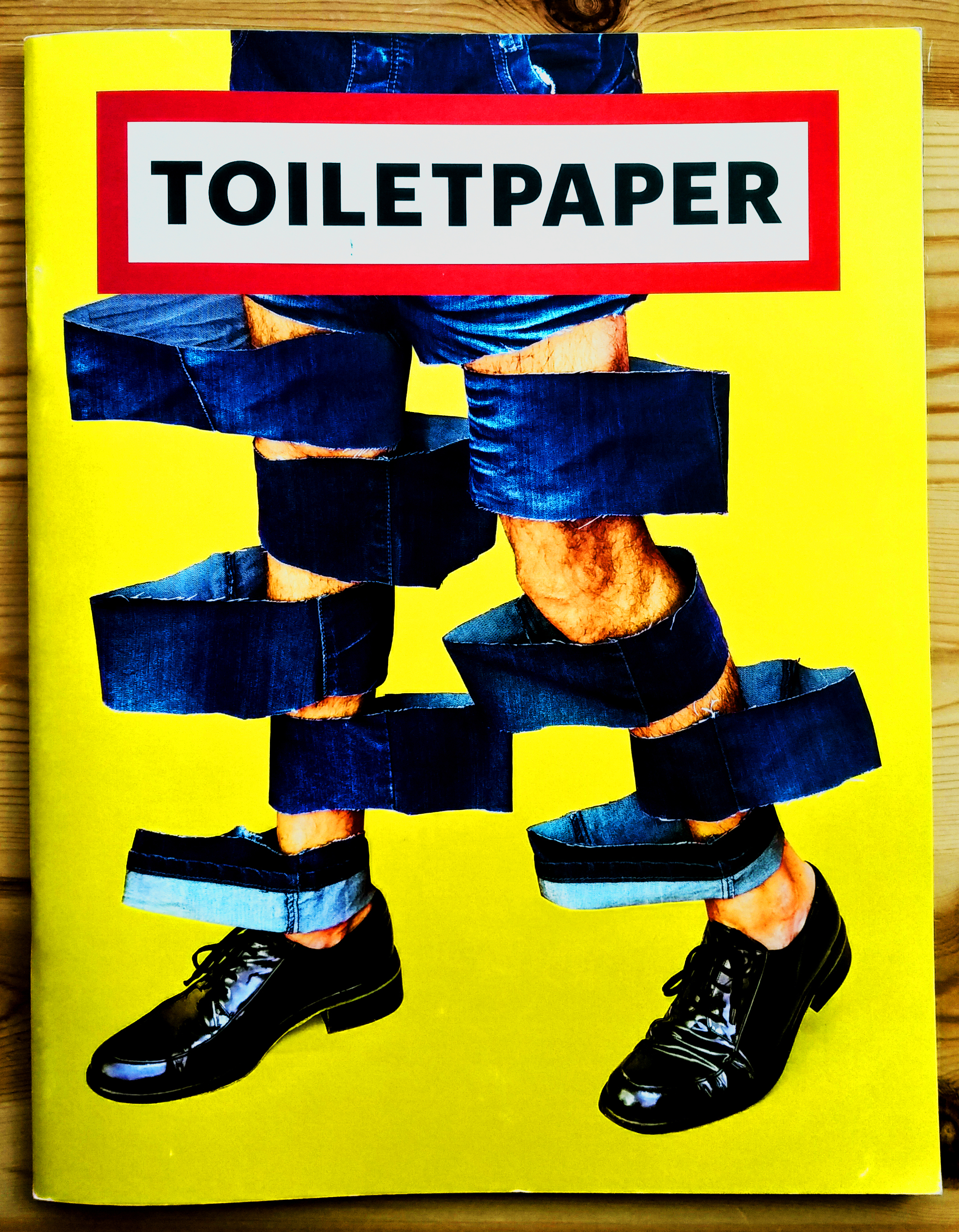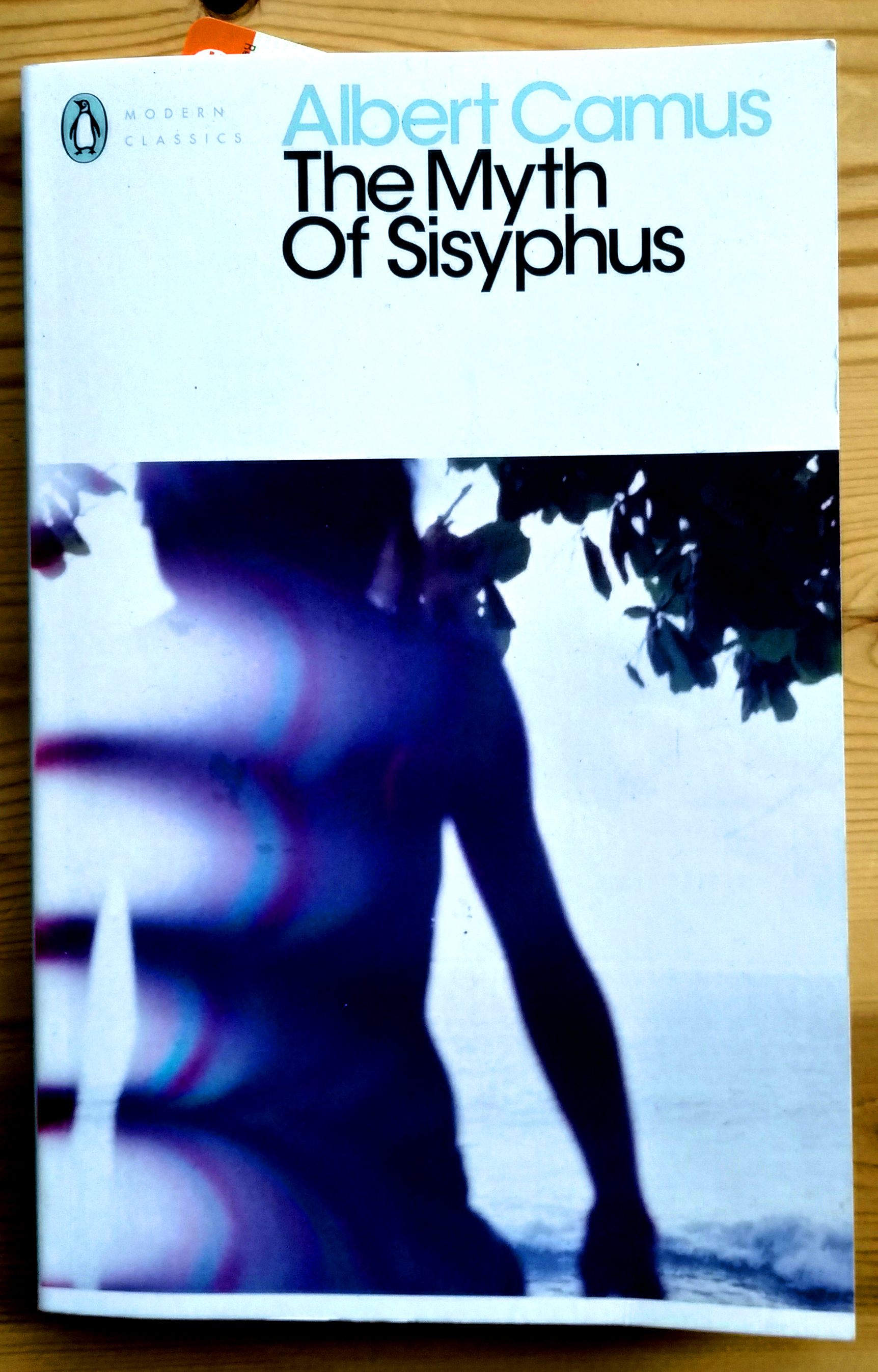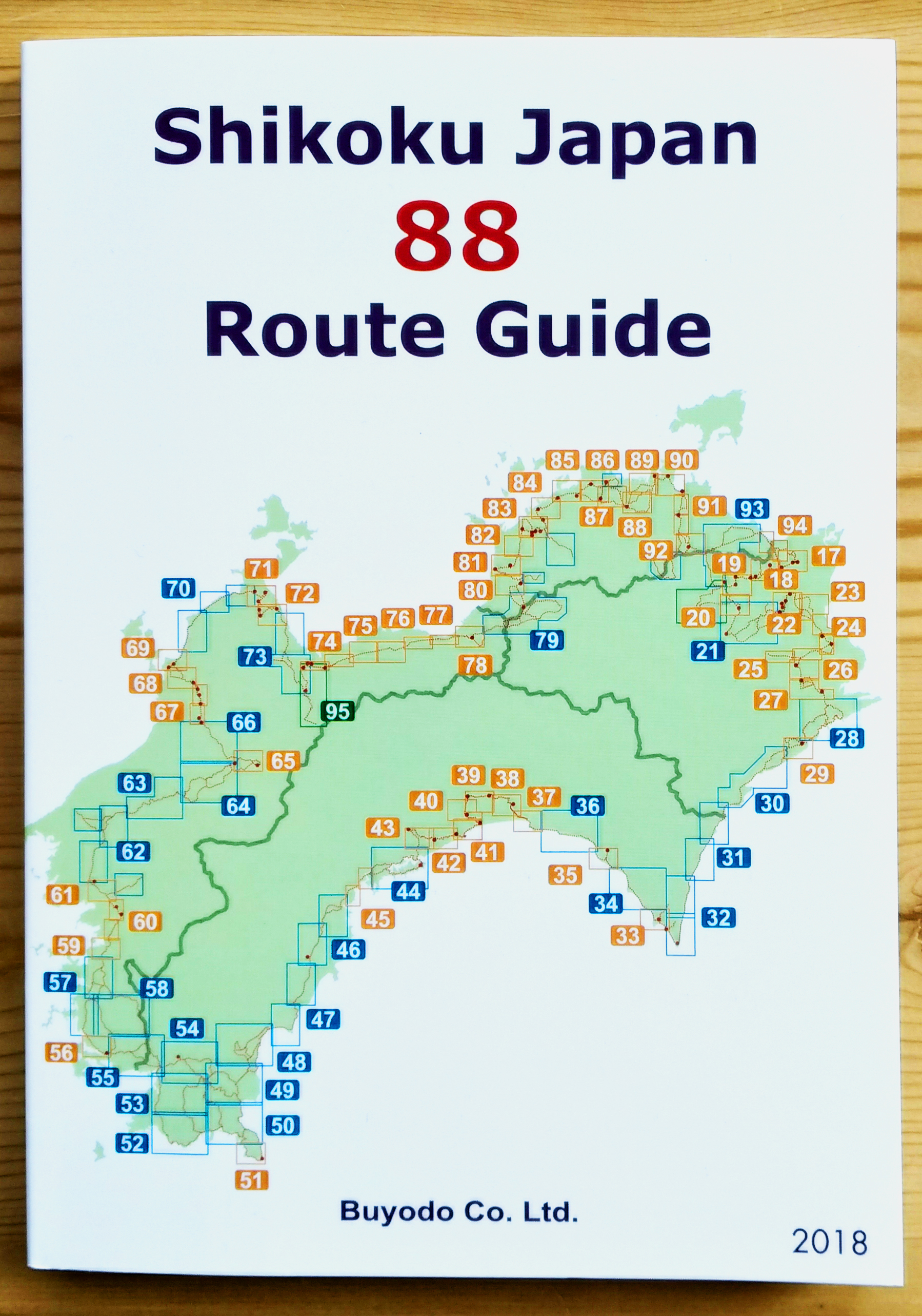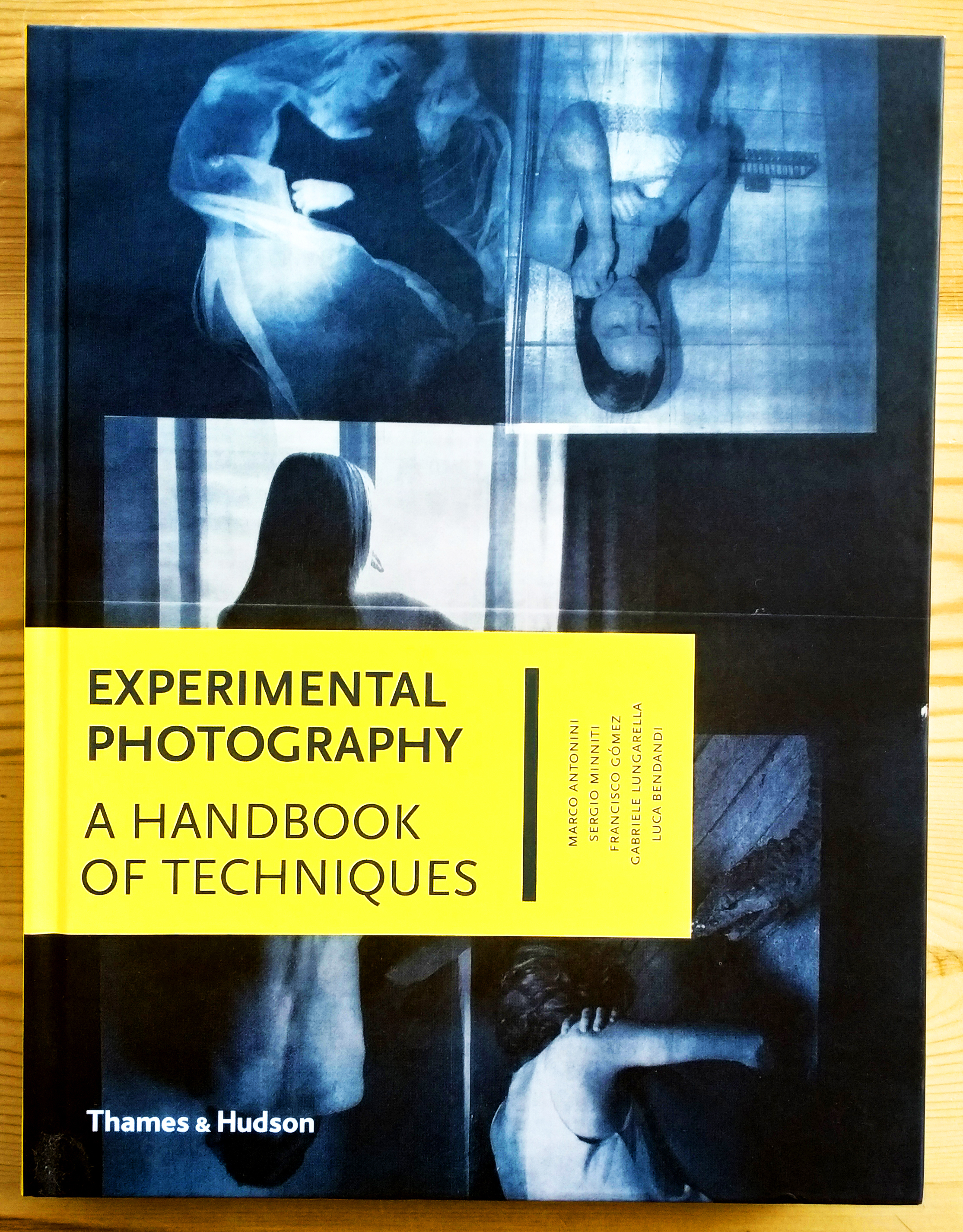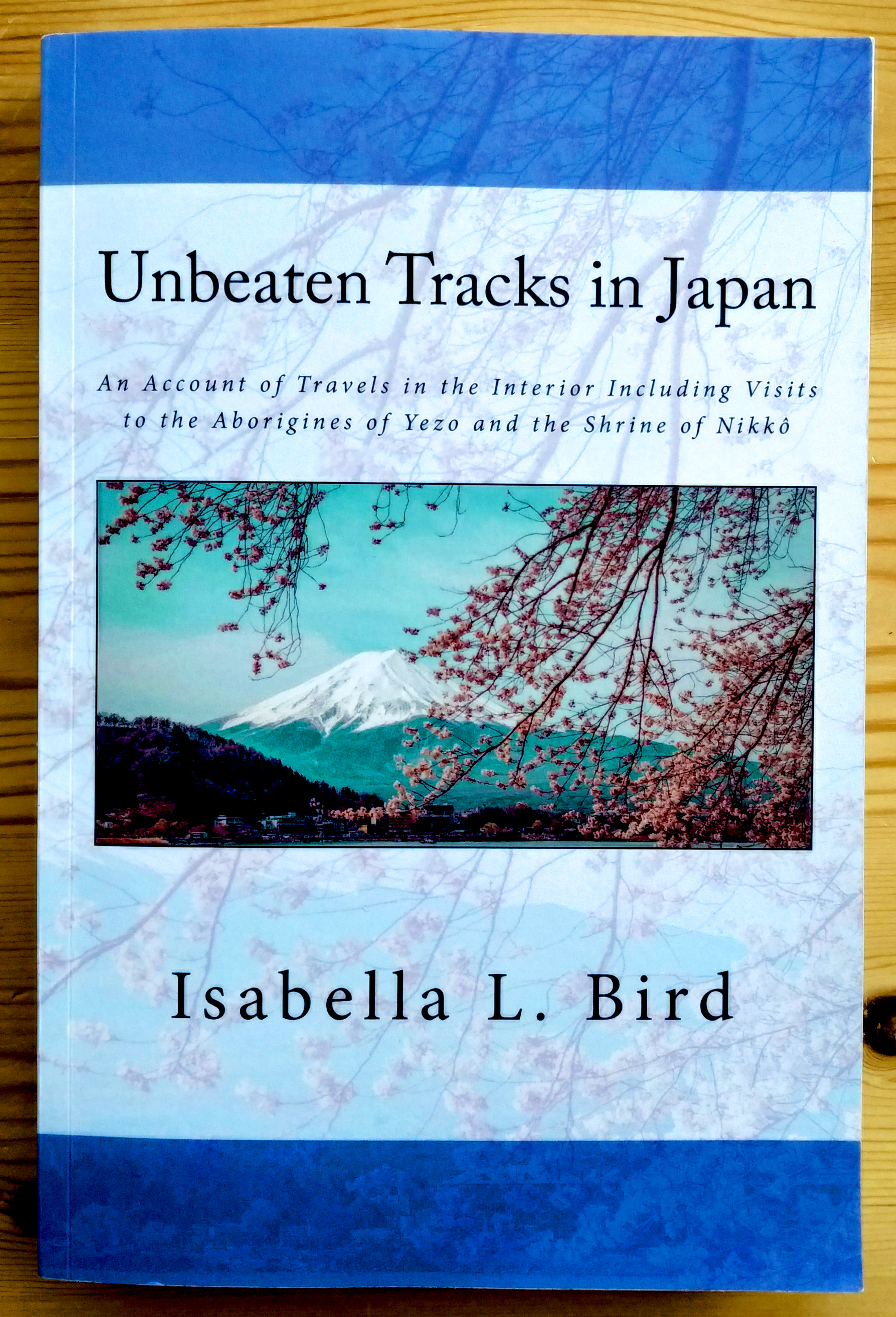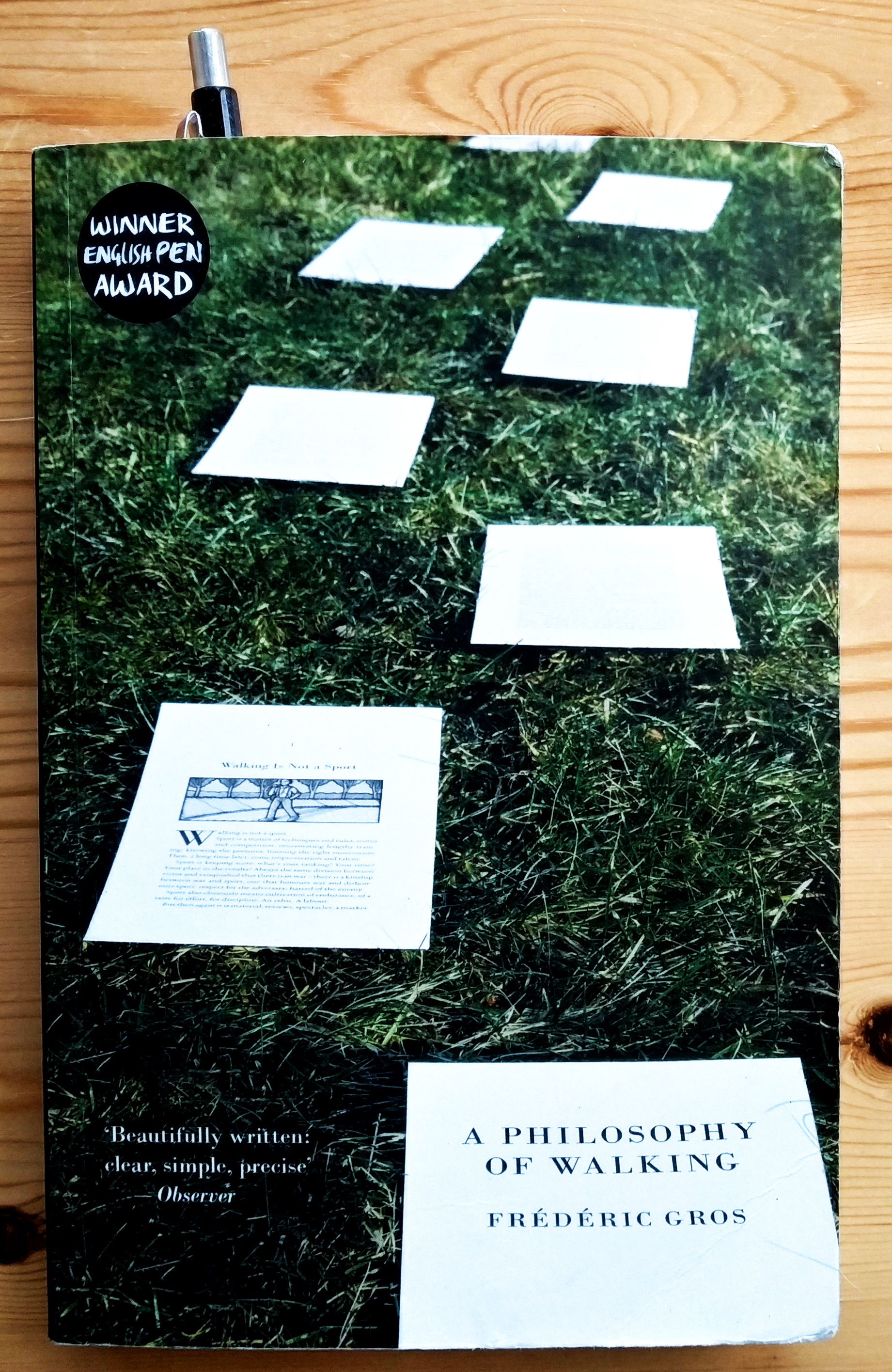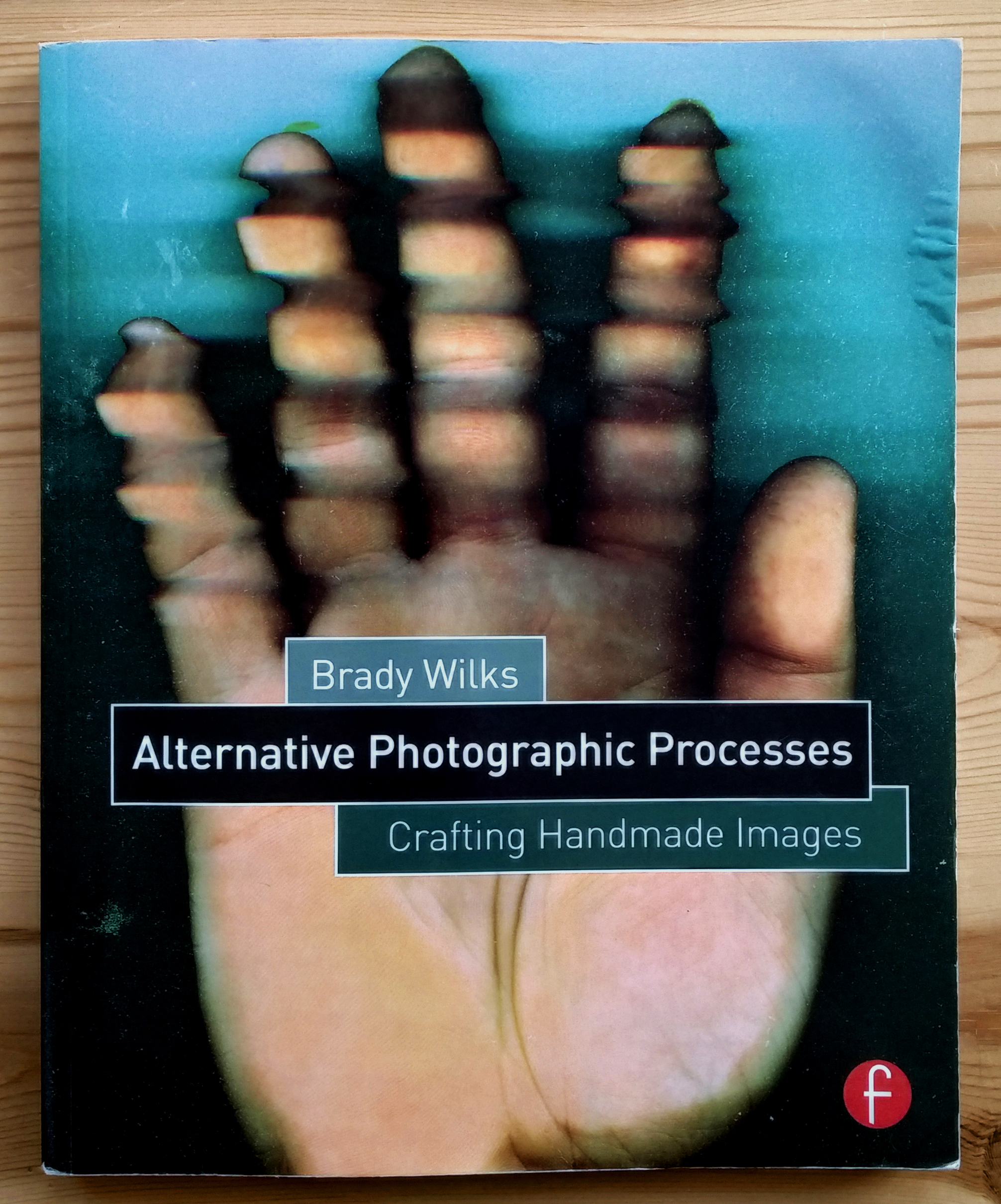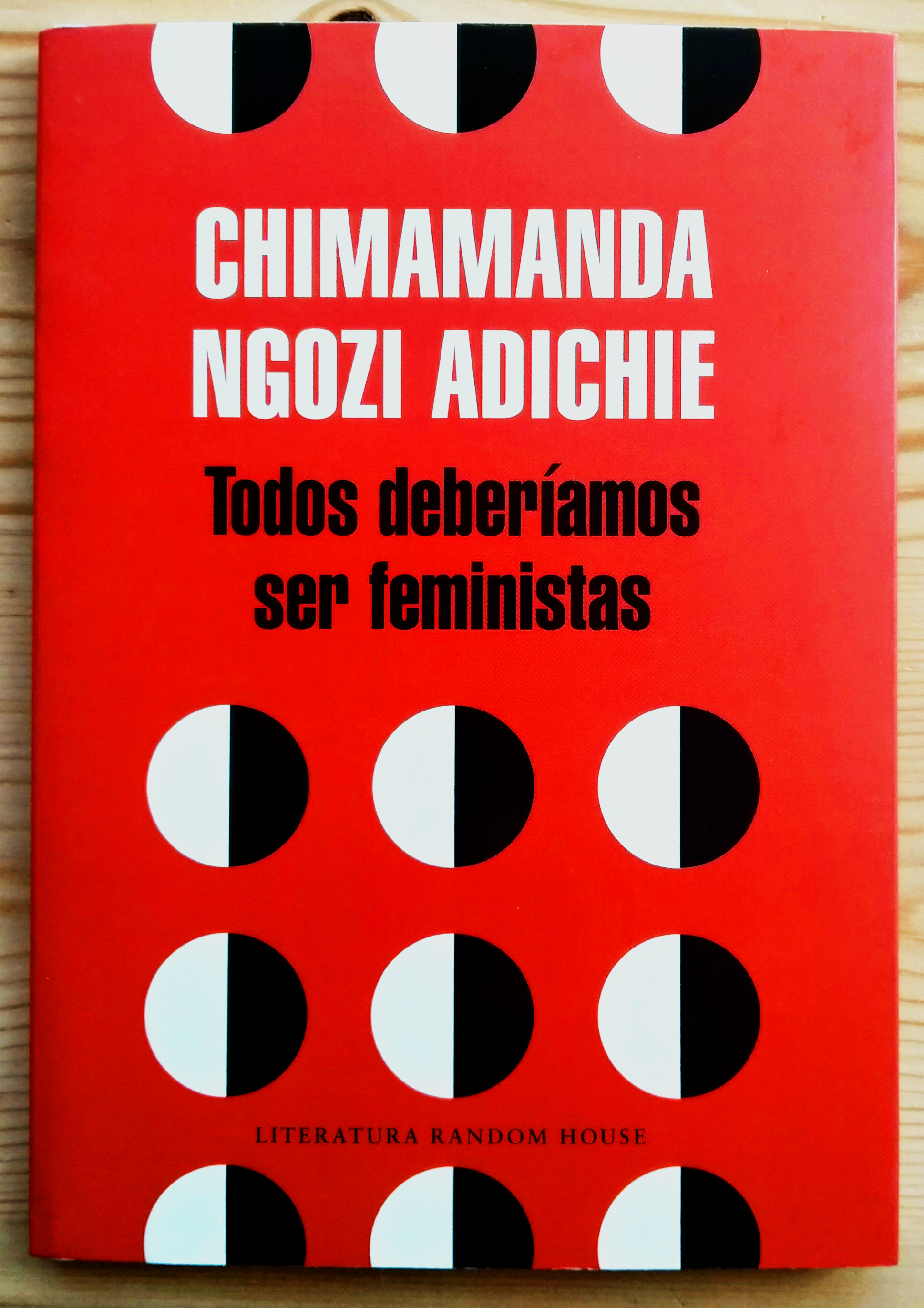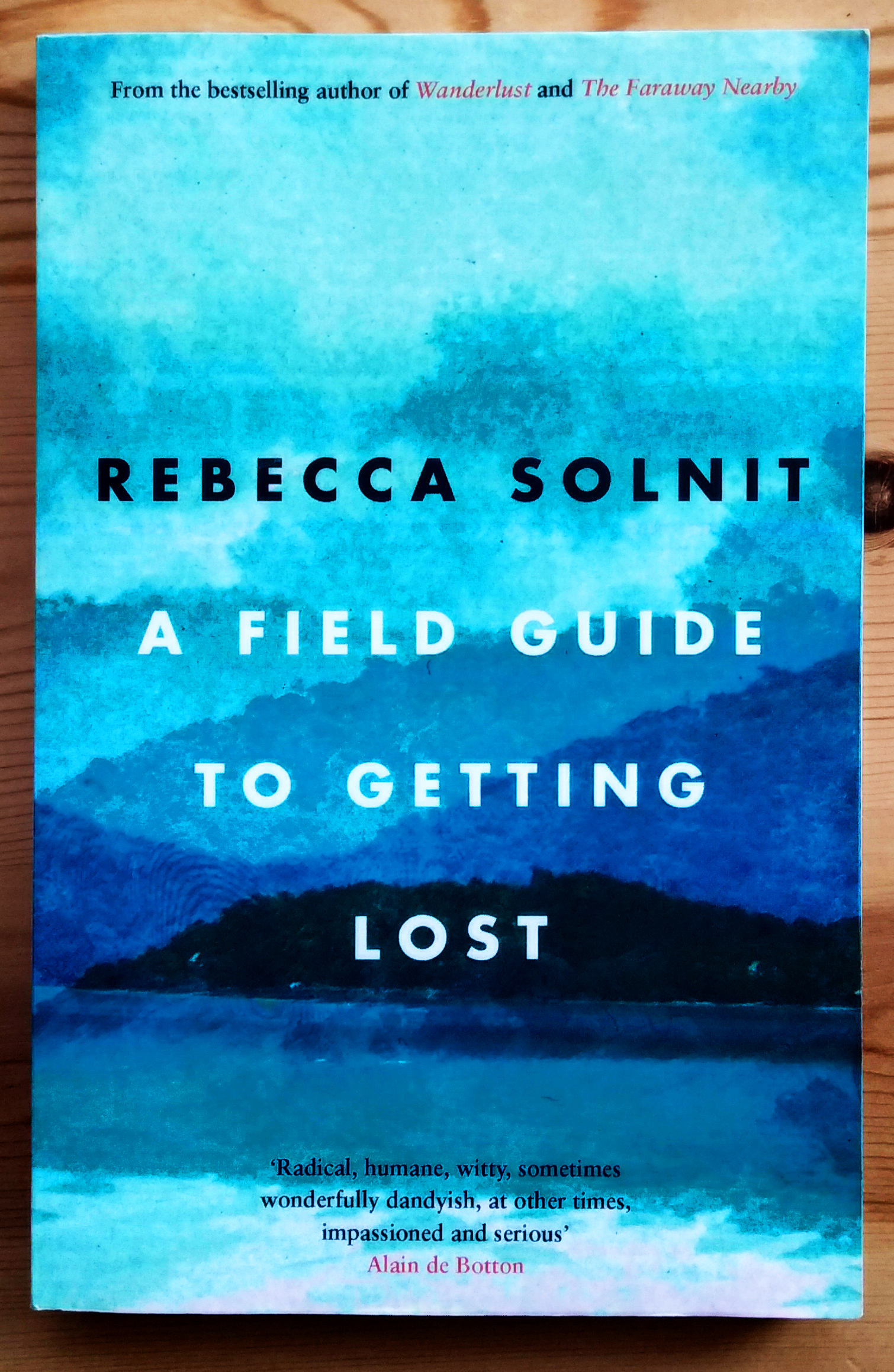Shikoku, 88 temple pilgrimage, Japan
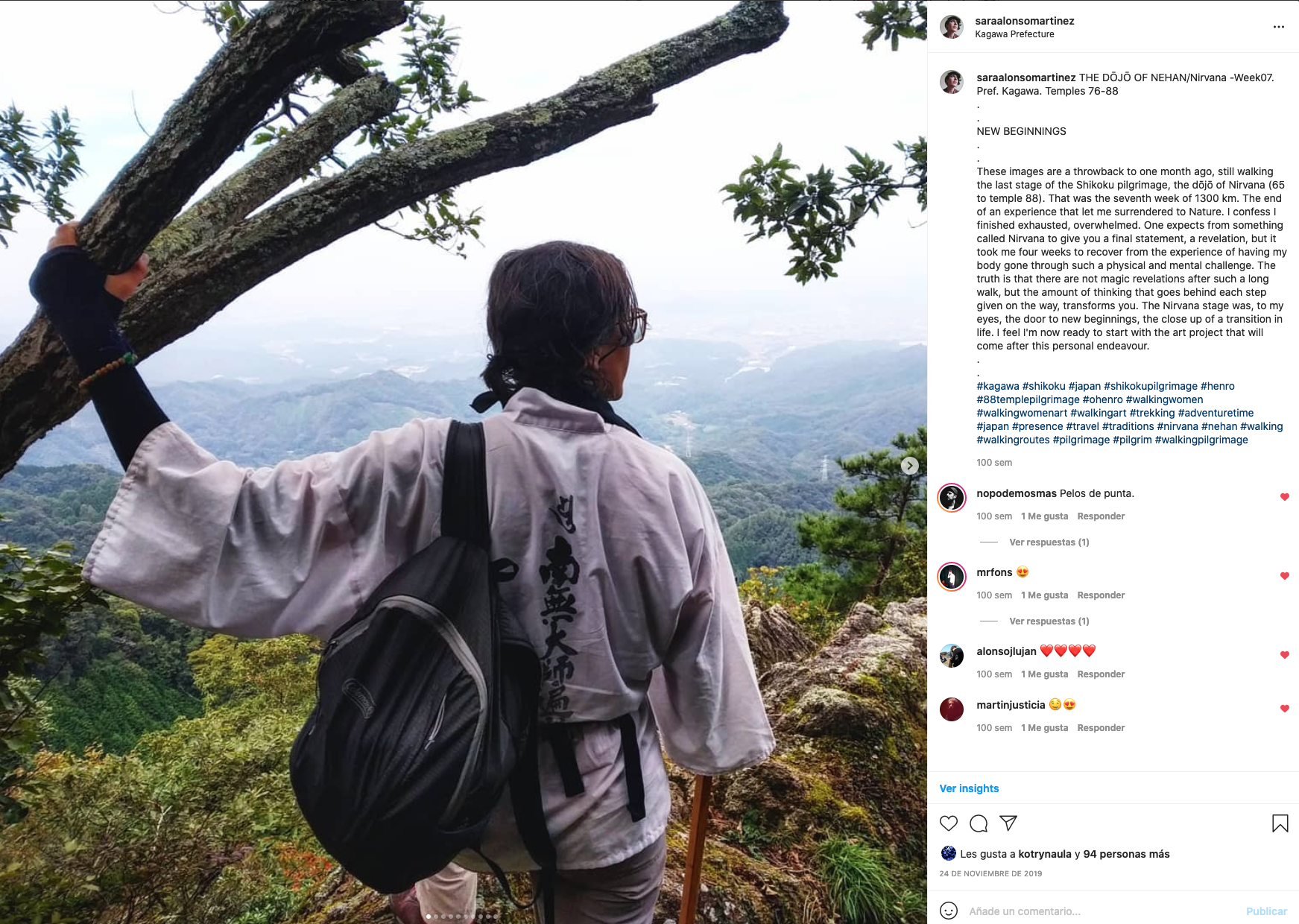
四国遍路 Shikoku Henro
Completed, 1250km August - October 2019
Although I completed this pilgrimage in October 2019, COVID and the passing of my father because of the virus, got me in a place where I couldn’t focus on the wonders I experienced during the pilgrimage. I was grieving.
![]()
Three years after the last pilgrimage to
Muxía (Camino de Santiago, Spain), put my body again under awareness.
![]()
Completed, 1250km August - October 2019
Although I completed this pilgrimage in October 2019, COVID and the passing of my father because of the virus, got me in a place where I couldn’t focus on the wonders I experienced during the pilgrimage. I was grieving.
It is now, two years later, when I can look back and take a look to the universe I was placed for a month and a half. It is too, through the island, how I start to look forward to new beginings, and understanding the new cycle I am in.

Three years after the last pilgrimage to
Muxía (Camino de Santiago, Spain), put my body again under awareness.
Thoreau, Nietzsche and Kant are considered
walking philosophers. I’m not a philosopher but I use walking as a clarifier
tool, and, I reflect on the notion of how I relate to the world, where is my presence. Maybe
some of us, the ones that find difficulty on settling down, are still thinking
nomads, and need to put body and mind on its natural moving state to clear
the
vision of ourselves.


One more time, despite being agnostic, I chose a religious route for a long
distance walk. Reason why, is because I believe on the transition of the body
through different stages; religious routes base their difficulties on the preparation of the body for the state of clarity.
The pilgrim's journey through Shikoku is
linkened to a symbolic path to enlightenment, with
temples 1–23 representing the idea of awakening(発心 hosshin), 24–39 austerity and
discipline (修行 shugyō),
40–65 attaining enlightenment (菩提 bodai), and 66–88 entering nirvana (涅槃 nehan).
Following the structure of the travel journal written by Isabella L. Bird (“Unbeaten Tracks in Japan”, 1878, series of letters to her sister and a circle of personal friends). I find myself now making visual narratives about cycles and loops, and the relation of the island and me; the relation between my body and the current environment in which it is placed.
“We feel ourselves
part of wild Nature,
kin to everything”
John Muir


